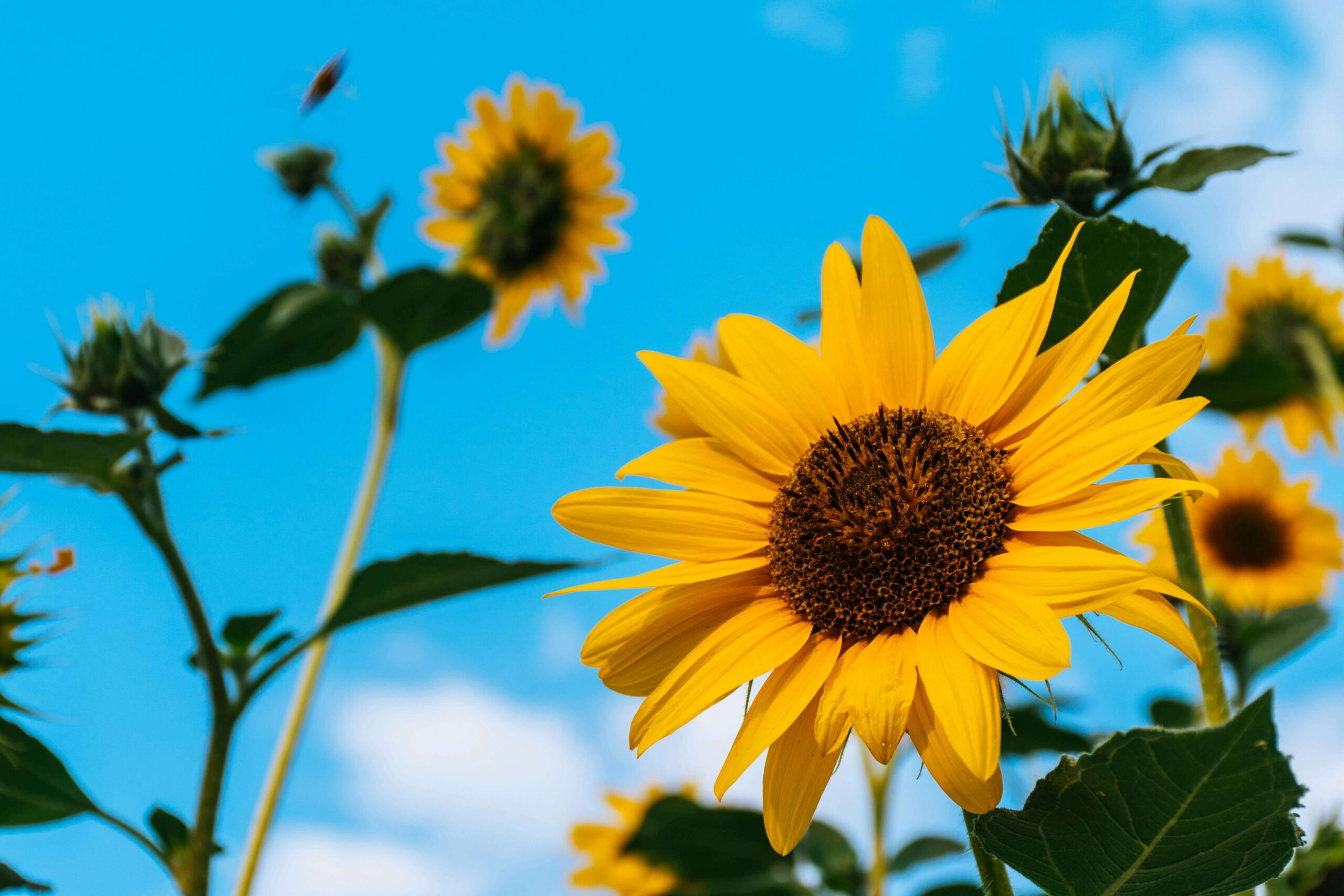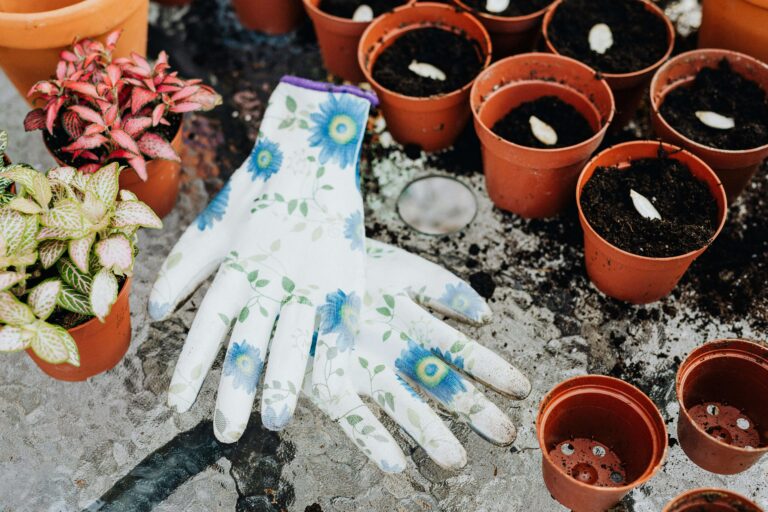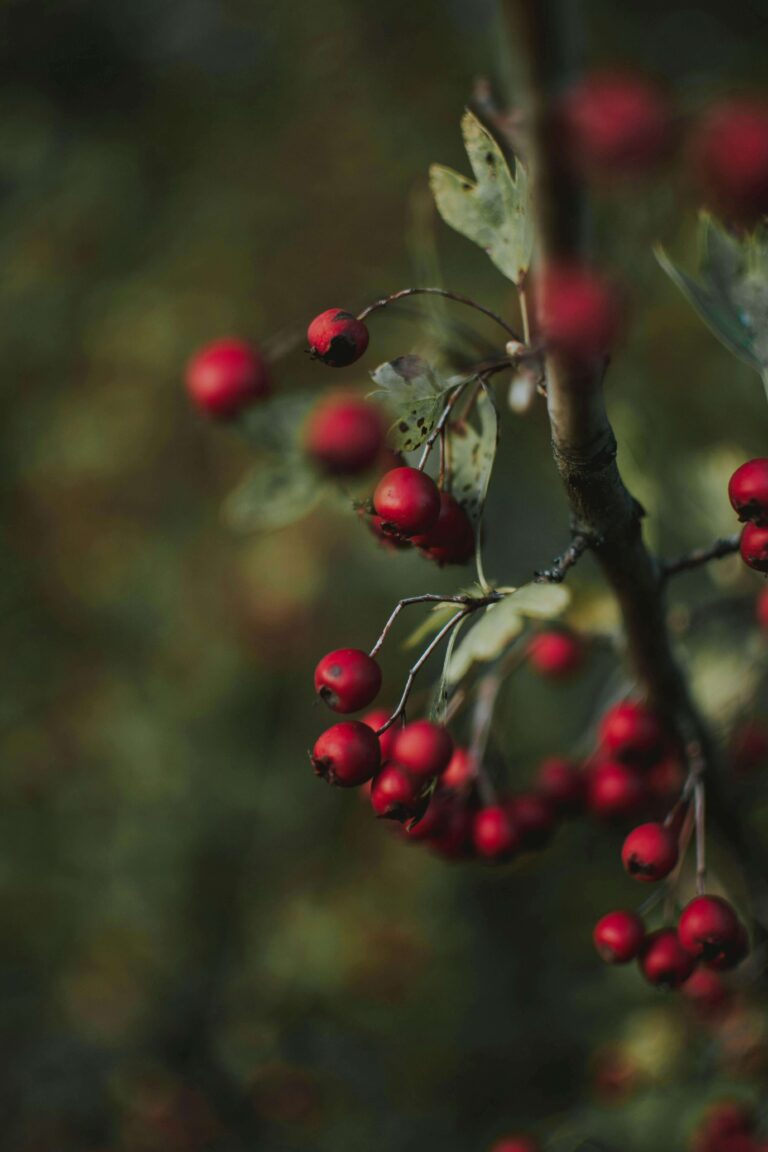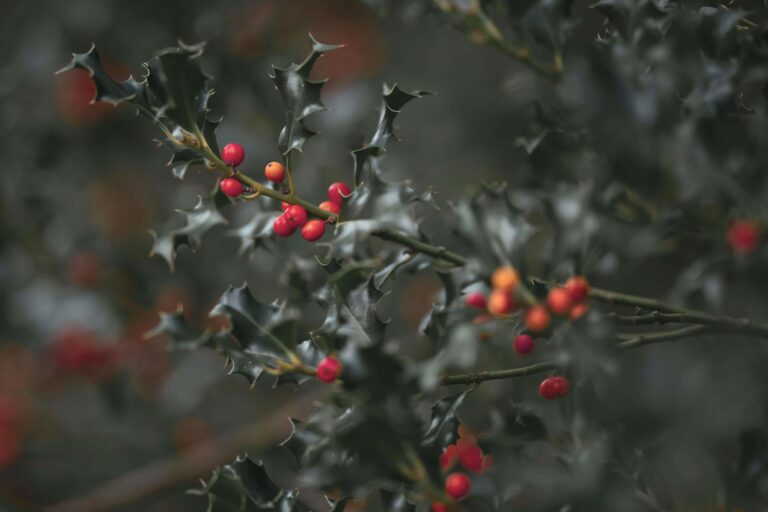Sunflower Garden for Birdwatchers: Tips for a Cozy Backyard
There’s something magical about watching birds flit between golden sunflower heads, their bright feathers flashing against blooms that seem to stretch toward the sky. If you’ve ever thought about combining gardening with birdwatching, a sunflower garden for birdwatchers might be your new favorite weekend project.
It’s simple, low-maintenance, and full of rewards—not just for you, but for every feathered guest that drops by for a snack. Whether you’re working with a big backyard or just a sunny side patch, this guide will walk you through exactly how to turn sunflowers into a birdwatcher’s dream.
Why Sunflowers Are Perfect for Bird Lovers
Sunflowers check all the boxes. Growing a sunflower garden for birdwatchers doesn’t just brighten your space—it builds a habitat that feeds, shelters, and invites nature right to your door.
They’re beautiful. They’re easy to grow. And they’re packed with one of the best natural bird foods out there: seeds. Birds love them—and not just a few species. A whole host of backyard favorites will show up when sunflowers bloom.
But they do more than feed. The tall stalks offer shelter from wind, and the wide leaves create shady spots for bugs and birds alike. Even the drying stalks, long after blooming, serve as perches.
In short? A sunflower garden for birdwatchers is more than decorative. It’s an ecosystem builder.
Best Types of Sunflowers for Birdwatching
Not all sunflowers are created equal when it comes to bird appeal. Finding the right spot for your sunflower garden for birdwatchers makes all the difference. Sunflowers thrive with plenty of sun and a little wind protection.
Some are bred for bouquets. Others are perfect for pollinators but produce fewer seeds. Here are the varieties that birds—and birdwatchers—tend to love most:
- Mammoth Grey Stripe – These giants can reach 10 feet tall and produce huge, seed-heavy heads. Goldfinches love them.
- Autumn Beauty – Multicolored petals and plenty of seeds. Adds visual interest and draws in a range of birds.
- Lemon Queen – A soft yellow favorite of both birds and bees. Great in wildflower-style plantings.
- Black Oil Sunflowers – Often grown for seed harvesting, but great for feeding birds right in the garden.
Mixing heights and bloom sizes adds more feeding opportunities and creates natural layers for birds to perch and forage.
Where to Plant Your Sunflower Garden
Sunflowers love the sun—it’s right there in the name. Pick the sunniest spot in your yard, ideally one that gets six to eight hours of light a day. A sunflower garden for birdwatchers doesn’t end when the blooms fade—it shifts into a winter refuge, offering food and shelter when birds need it most.
You’ll also want to think about wind. While sunflowers are pretty sturdy, taller varieties can topple in exposed areas. Plant near a fence, hedge, or wall if possible, or be ready to stake them as they grow.
As for layout? Cozy clusters work beautifully. Stagger your planting for a natural look and easier viewing. Leave enough space between plants (12–18 inches for standard varieties) so birds can land and hop without feeling boxed in.
And if you can see the patch from your kitchen window or porch? Even better. If you’re learning birdwatching or just want to read more on beginner friendly topics, Best Cardinal Bird Feeder for a Cozy Backyard
How to Attract Birds to Your Sunflower Patch
Growing sunflowers is only part of it. To really bring in the birds, a few small changes make a big difference.
First, don’t deadhead too soon. Let those flower heads mature and dry out right on the stalk. Birds love pulling seeds straight from the center.
Second, avoid pesticide use. Sunflowers attract pollinators and bugs—aka bird snacks. Keeping your garden chemical-free makes it more inviting and safe.
Third, add a shallow water source nearby. A dish or birdbath turns a sunflower patch into a full-on bird destination, especially in the summer.
Finally, be patient. Once one bird finds your garden, others usually follow.
Bird Species You Might See in a Sunflower Garden
Different sunflower varieties and layouts can attract a mix of feathered visitors. Here are a few you might spot hanging out in your patch:
- American Goldfinches – Maybe the most iconic sunflower guest. They arrive in cheerful pairs and love pulling seeds from standing stalks.
- Chickadees – Quick, agile, and fun to watch. They’ll dart from bloom to bloom.
- House Sparrows – Often gather in small groups, especially in urban or suburban gardens.
- Nuthatches – Prefer vertical surfaces and love seeds. If you plant near trees, they’ll likely show up.
- Northern Cardinals – Shyer, but they can’t resist the seed supply once they feel safe.
If you live in the right area, you might even see indigo buntings or red-winged blackbirds in late summer.
Tips for Pairing Sunflowers with Other Bird-Friendly Plants
Want to expand your garden into a bird paradise? Pair sunflowers with native plants that bloom at different times or offer food and shelter.
Some beautiful, bird-loved companions include:
- Black-Eyed Susans – These daisy-like blooms provide nectar and later, seedheads.
- Coneflowers (Echinacea) – Pollinators in the summer, seed snack bar in the fall.
- Native grasses – Provide nesting material and cover for ground-foraging birds.
- Bee balm and salvia – Attract hummingbirds and pollinators, which can draw insect-eating birds, too.
Plant in informal layers or a wide border to mimic natural habitats. Think meadows, not perfect rows.
Creating a Peaceful Spot to Watch from Your Porch
Once the birds start arriving, you’ll want a comfortable spot to enjoy the show.
Add a bench or small bistro set near the garden—but not too close. Birds tend to feel safer when they can keep a little distance.
If your garden gets morning sun, that’s the ideal time for watching. Everything’s quieter, light is softer, and the birds are most active.
A shade tree nearby is a bonus—for both you and the birds. Jays, cardinals, and other cautious species often perch in trees before flying down to feed.
And if you’re the journaling type? A birdwatching notebook on that little table makes it even more satisfying.
End-of-Season Ideas: Saving Seeds and Supporting Birds
As fall sets in and the blooms begin to fade, don’t rush to tidy up.
Dry sunflower heads are natural feeders—you can leave them standing or cut a few and hang them upside down from fences, hooks, or even a clothesline. Birds will continue feeding well into autumn and even early winter.
You can also save seeds. Let some dry on the stem, then pluck them and store in a paper bag or jar for winter feeding. It’s cheaper than buying seed blends and feels much more personal.
Leaving stalks in place also gives birds places to perch and forage, while the garden quietly prepares for next year’s cycle.
FAQ: Sunflower Gardens for Birdwatchers
Can I grow sunflowers in containers for birds?
Absolutely. Use large containers, plant dwarf or mid-sized varieties, and place near a window or porch for easy viewing.
Do I need to replant sunflowers every year?
Yes, but they’re fast growers. You can also let some go to seed and see if they self-sow the following spring.
Will squirrels eat my sunflower seeds?
Yes, they will. Plant a few extras—or add a dedicated squirrel feeding area away from the main garden to help keep the peace.
Do birds prefer certain sunflower varieties?
They’ll eat from many types, but seed-heavy, single-head varieties like Mammoth or Black Oil tend to be favorites.




